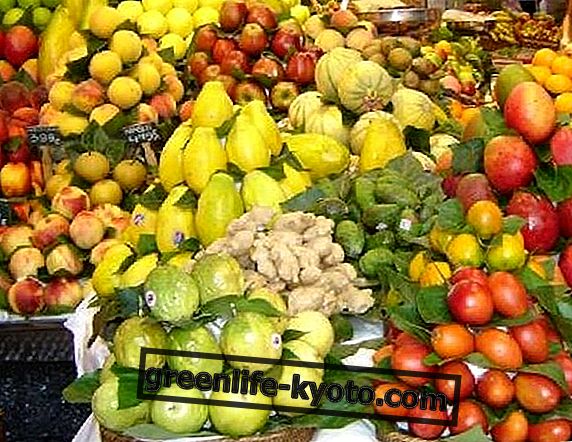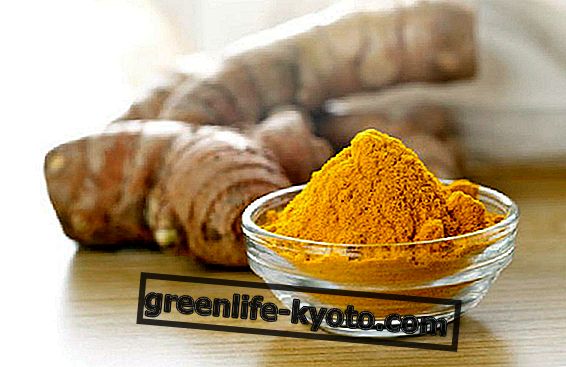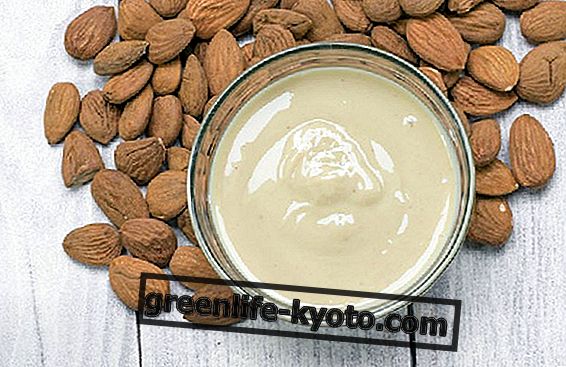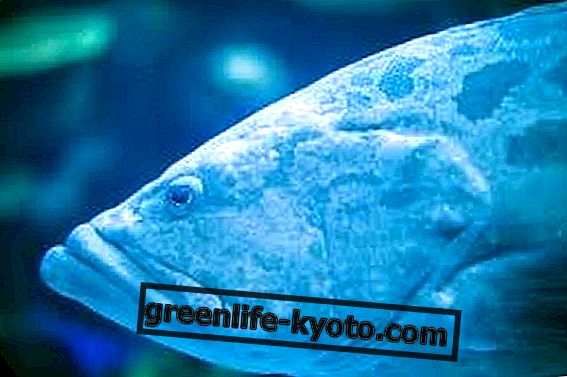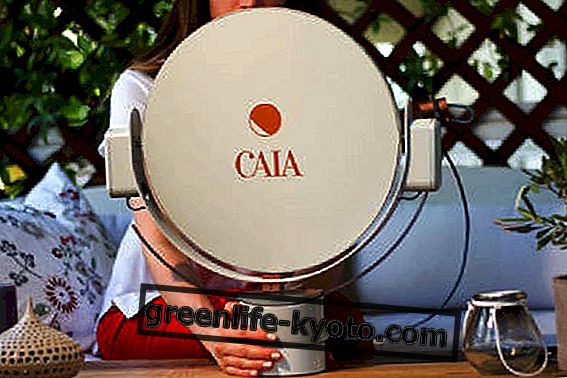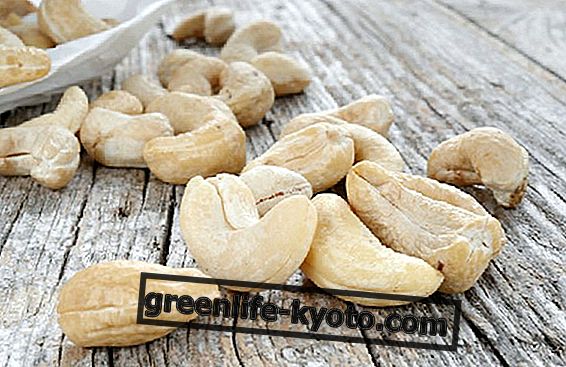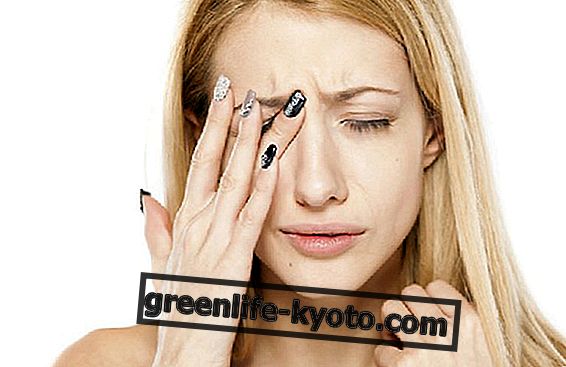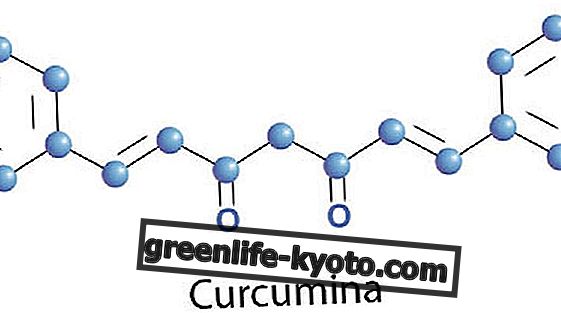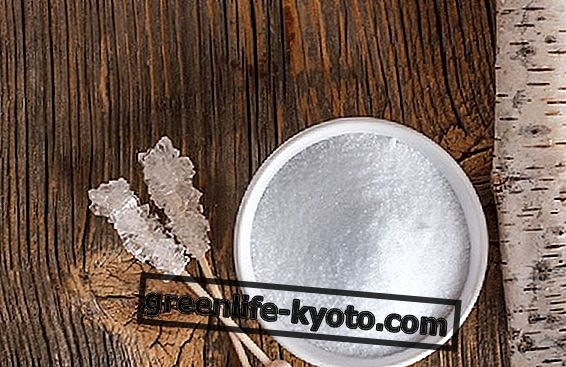Nori seaweed is one of the best known algae because it is used for sushi. Rich in proteins, vitamins and precious minerals, it is useful against eczema and peeling of the dermis. Let's find out better.
>

Description of the alga
Nori is the Japanese name of the alga which, in addition to Japan, is also present in China, Korea and Europe, especially along the coasts of Great Britain, where it is known as black buttert .
The consumption of Porphyra, scientific name of the nori, dates back to 533-544 AD in China. The nori algae, which came into vogue in the western world around the 1960s, is usually sold in sheets.
When the thalli are large enough they are carefully collected and washed in the sea; they are then cut into adequate dimensions and reduced to a slurry and poured into a metal container for the production of the sheets. They are then dried in hot air chambers.
The sheets are then sorted according to their apparent quality, cut into sheets and packaged for marketing.
Properties and use of nori
Nori is the most consumed and popular seaweed that exists, it is the one commonly used for the preparation of sushi. It is a red alga from Japan, also called "sea lettuce", Porphyra tenera or Porphyra yezoensis, it belongs to the class of Rodoficee .
One can find already toasted nori sheets known as "sushi nori" or toasted and cut into strips suitable for garnishing dishes, called "kizami nori". In the East and in particular in Japan the nori is consumed with daily habit, even by children.
The seaweed is suitable for the preparation of maki from the classic rolled form of roulade, it is also used as a wrapper for sushi and onigiri and is an ideal side dish, as well as a flavoring in the preparation of pasta and soups. In Japan it is consumed flavored, ajitsuke-nori, but also eaten in the form of sauce, the noritsukudani.
Benefits of nori
In general, the algae of the genus Porphyra are algae with a high protein content and a balanced presence of vitamins ( vitamins A, C and B ), mineral salts and Omega 3 .
They are particularly rich in polyunsaturated fatty acids : linoleic acid, linolenic acid, gamma-linolenic acid, eicosapentaenoic acid (EPA), docosahexaenoic acid (DHA), which are essential for the human body.
They are rich in amino acids, including arginine. The considerable amount of taurine present in them is able to help the liver perform its functions correctly. Nori algae also contain essential trace elements, including manganese, zinc, copper and selenium . Like all algae, they are an important source of iodine .
The presence of fatty acids makes them foods with anti-aggregating, anti-thrombosis, cholesterol-lowering properties, stimulating hormone production. These same substances help in the prevention of skin and stomach cancer and make premenstrual syndromes milder.
In addition, clinical experts have proven their effectiveness against eczema and peeling of the dermis : the skin becomes more elastic and flexible.
Contraindications of nori algae
Like other algae, it should not be taken during pregnancy, during lactation and in the case of metabolic disorders; in any case, you should consult your doctor first.
Overdosage can have side effects especially for those suffering from thyroid : hyperthyroidism, hypertension, tachycardia, irritability and insomnia.

